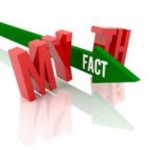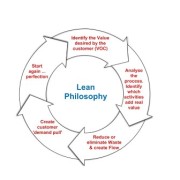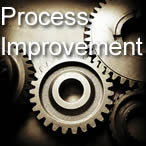Lean Business – Myth or Reality?
LEAN Misconceptions – Part 1
The Lean Philosophy has been around for many years, but unfortunately it is not always understood, predominantly because Lean is thought to be:
- A cost reduction exercise
- A process to reduce the number of employees
- Only applicable to ‘manufacturing’ organisations
- An ‘operational’ issue that can be solved by the ‘operations people’
- Only for ‘big’ organisations.
Nothing could be further from the truth!
In this series of articles, I will discuss each of these misconceptions and demonstrate that Lean is about business; any and every business. A Lean business strives to understand what the customer really values, and then maximises customer value. Lean is not a short-term fad, but a long-term commitment towards continual improvement that involves every system, every process, every department and every employee within the organisation, irrespective of it’s size.
Misconception # 1: Lean is a cost reduction exercise
The Lean Philosophy is fundamentally a continuous process of identifying, from the customer’s perspective, the value added and non-value businesses processes, and then reducing or eliminating the non-value adding activities, i.e. the extra time, labour and materials spent producing the product or service. The non-value adding activities are those that the customer doesn’t value and doesn’t want to pay for, commonly called waste.
The first stage of any Lean process analysis (diagram 1), is to analyse the business process from the customer’s perspective, and then to categorise the various activities as:
- value added components, i.e. those that the customer wants and is prepared to pay for
- non-value added components, i.e. what the customer is not prepared to pay for
- necessary non-value added components, i.e. those activities that are essential in any organisation to ensure it functions effectively, e.g. administration, accounts, planning, etc.
Diagram 1
In the second stage (diagram 2), Lean tools are used to reduce or eliminate the non-value added components. Typical Lean tools would include process mapping, facility layout, total quality management, customer demand-driven ‘pull’ systems, visual control systems, and error or mistake proofing.
Diagram 2
By reducing the non-value added components or waste, capacity is increased (diagram 3). Increasing capacity is the purpose of Lean, not cost reduction.
Diagram 3
By increasing capacity, the organisation then has the resources to add greater Customer Value (VA), and/or increase Output. Cost reduction is a natural consequence of Lean, but not its purpose.
Mike Karle, Partner


















